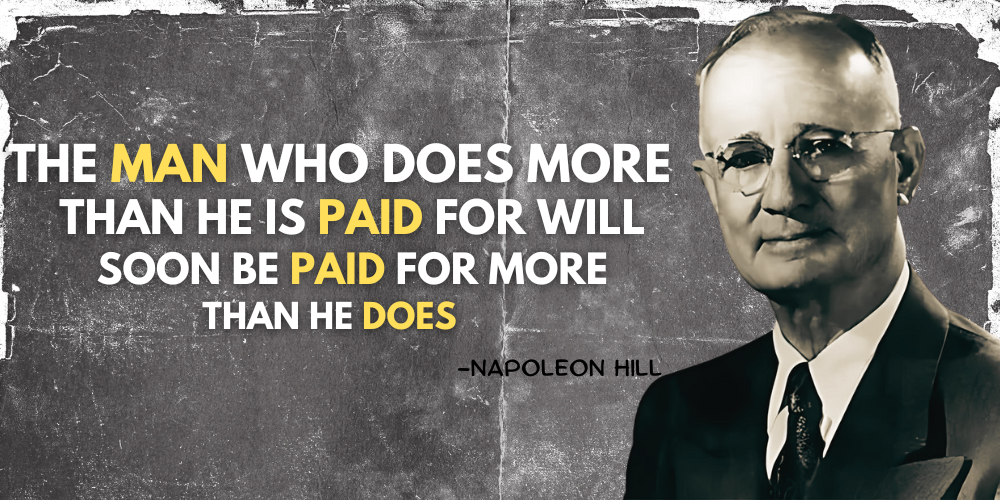Mobile Payments, Mobile Finance & M-commerce in India - By Rohit Dadwal, MD, Mobile Marketing Association
Friday December 02, 2011 , 4 min Read

India’s mobile space continues to develop in fascinating new ways.
By Rohit Dadwal, Managing Director, Mobile Marketing Association Asia Pacific Limited
Recently, Vodafone launched its ‘m-paisa’ service, in conjunction with HDFC bank, providing mobile users with the ability to perform basic banking transactions, as well as make deposits and withdrawals at selected Vodaphone m-paisa outlets. Set to launch in the state of Rajasthan, the initial push will include over 2,200 retailers across 320 villages and 54 towns.
The Financial Times has also launched a mobile app especially for its Indian market, featuring top stories from India plus a selection of other popular content, including the beyondbrics blog and business education reports. The application, designed especially for the iPad, is an acknowledgement that India is a strategic market for the Financial Times, which explains why the new application will also feature highlights from the A-list column, the Alphaville blog, and Luxury 360, FT’s recently-launched online hub for coverage of the luxury goods industry.
At the other end of the spectrum, State Bank of India is using mobile banking to extend its services across India. Faced with the target of addressing 662 unbanked villages by 31 March next year, SBI has also covered 496 villages, bringing banking services to the villagers’ doorsteps using mobile banking.
Individually, these stories are interesting enough, but taken together, they tell the bigger story, of how mobile is changing the nature of banking and finance in India, a trend that will soon spread to the rest of the world. Powered by mobile internet and the availability of mobile data services, e-commerce is the next big trend in the mobile space, a sentiment echoed by Google India MD, Rajan Anandan when he spoke at the 13th annual Conlfluence at the India Institute of Management, Ahmedabad.
India’s mobile phone growth rates already make it the second-largest mobile market in the world, so it’s inevitable given the size of the space that innovations will start to appear. The implications for mobile finance are huge, including the use of e-wallets or the exchange of money electronically using mobile phones as verification, called m-commerce.
For mobile marketers like myself, this is simply a sign that India’s mobile space is maturing, and that the potential that has been latent for so long is finally coming to be. Including mobile payments, mobile finance, m-commerce and others as part of mobile marketing campaigns opens up new vistas, new possibilities. Consumers may be able to avail themselves of special deals or discounts, using their mobile payments to secure them in advance – even pre-paying for meals or products and collecting them afterwards.
The prospect also exists for other services to surface, riding on the popularity and availability of mobile finance and commerce. Once payment systems and other means of handling money through the mobile channel become accepted and widely used, it becomes easier to tie them in to, say, location-based services, or even to integrate the information with augmented reality to provide richer, enhances shopping experiences.
There might even be combinations and permutations that are inconceivable at the moment – and it will be up to the bright minds of innovative creatives and forward-thinking creatives to come up with them. There will also need to be solutions to India’s unique sets of problems – but it looks like the country is already well on the way, leveraging the power of mobile technology.
This new level of maturity may well be a model for the rest of world, for nowhere else will these systems be implemented on such a scale. India looks set to lead the world, yet again, as its mobile space continues to grow and develop.








![[Startup Bharat] Y Combinator-backed BeWell Digital is enabling the digital transformation of radiologists](https://images.yourstory.com/cs/2/40d66ae0f37111eb854989d40ab39087/ImagesFrames31-1648033042143.png)

